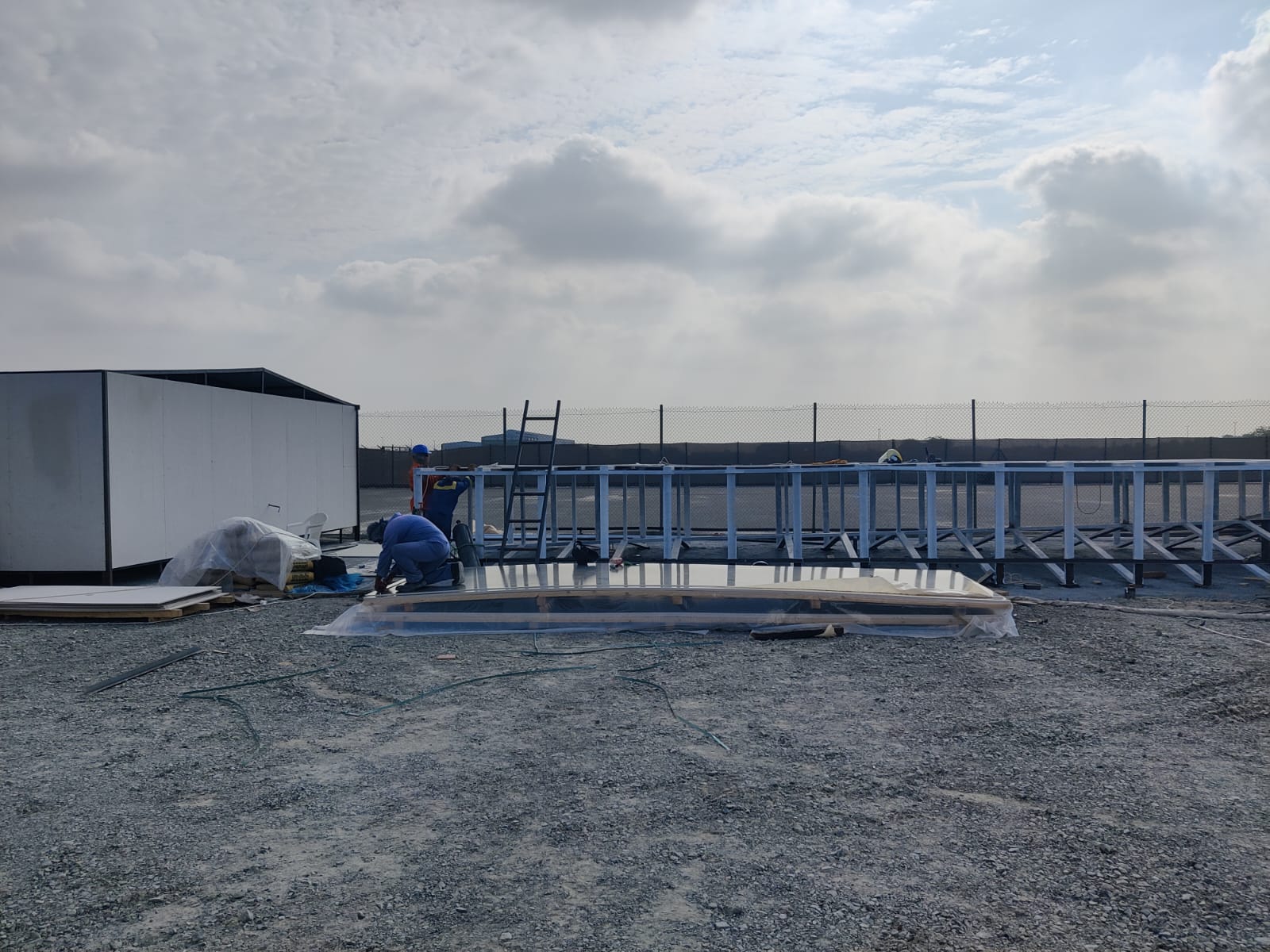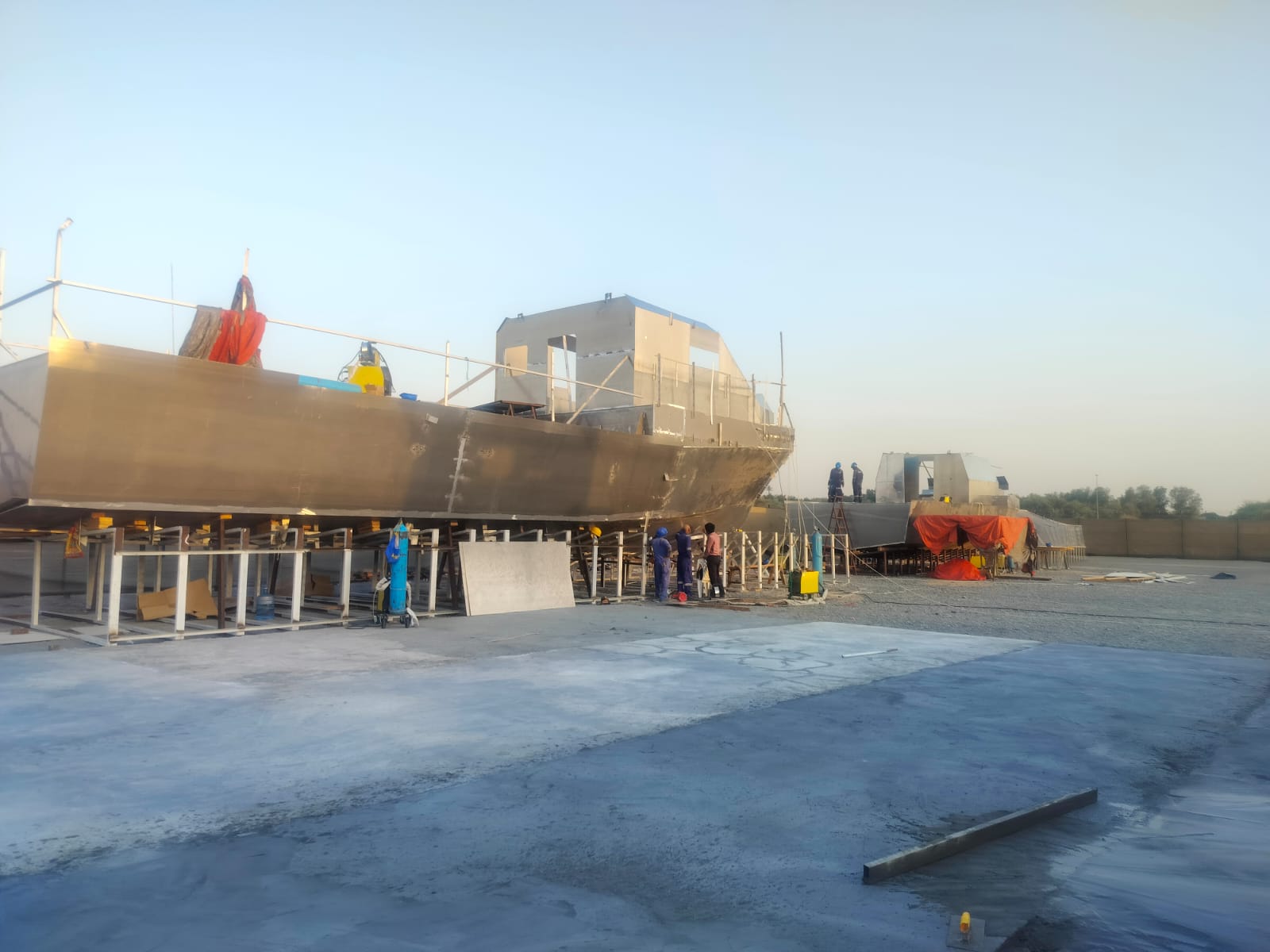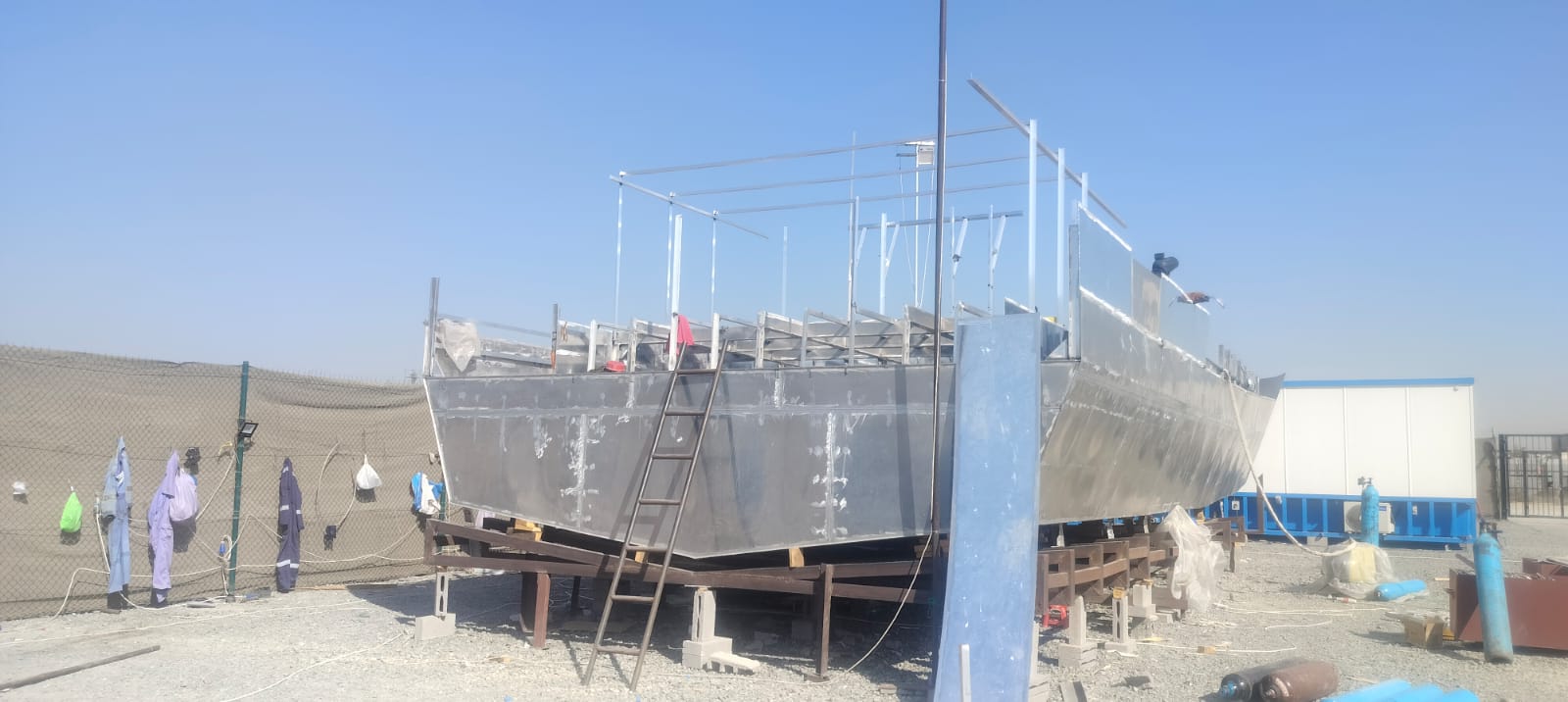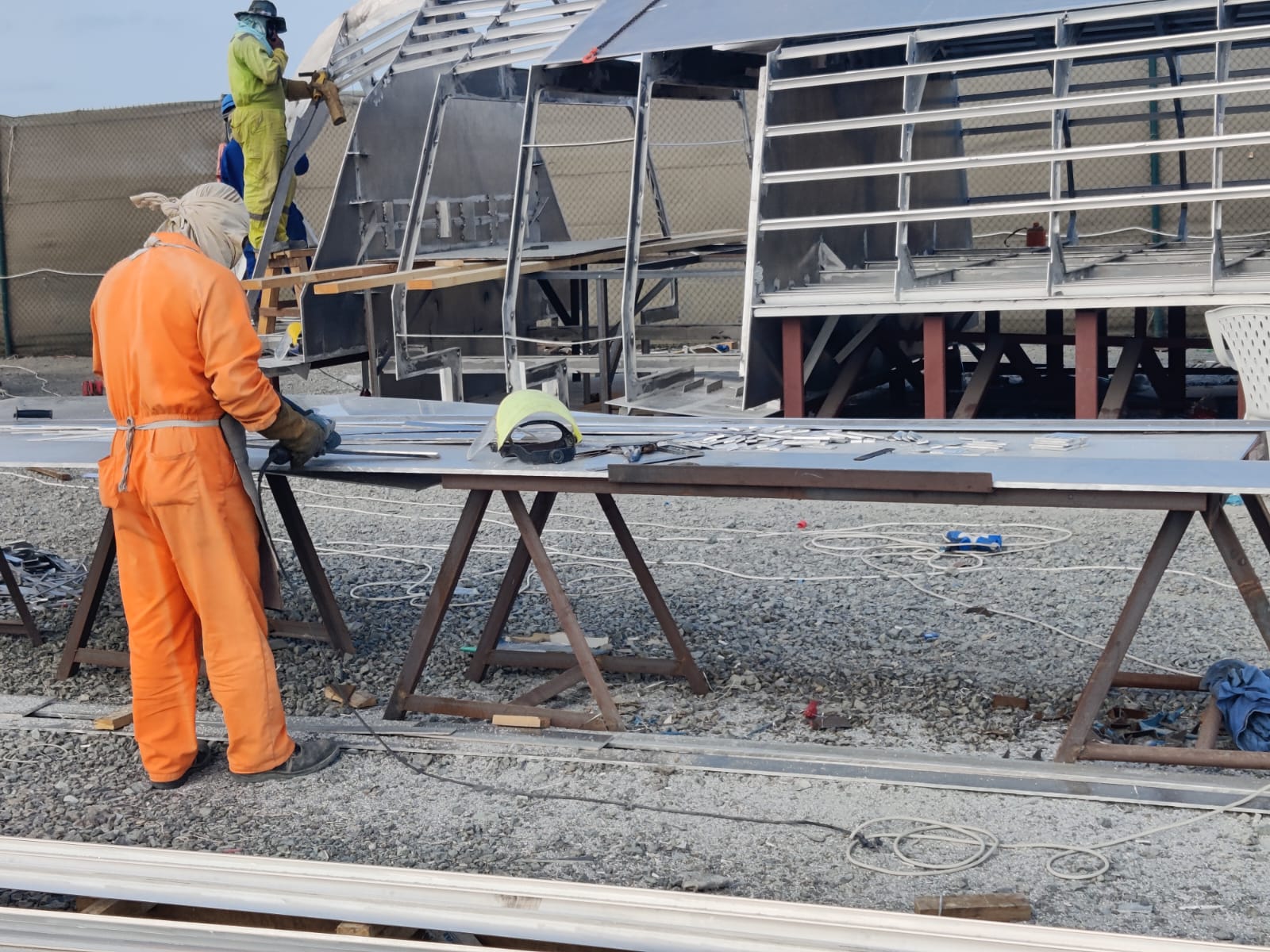"Innovations in Aluminium Boat Construction"
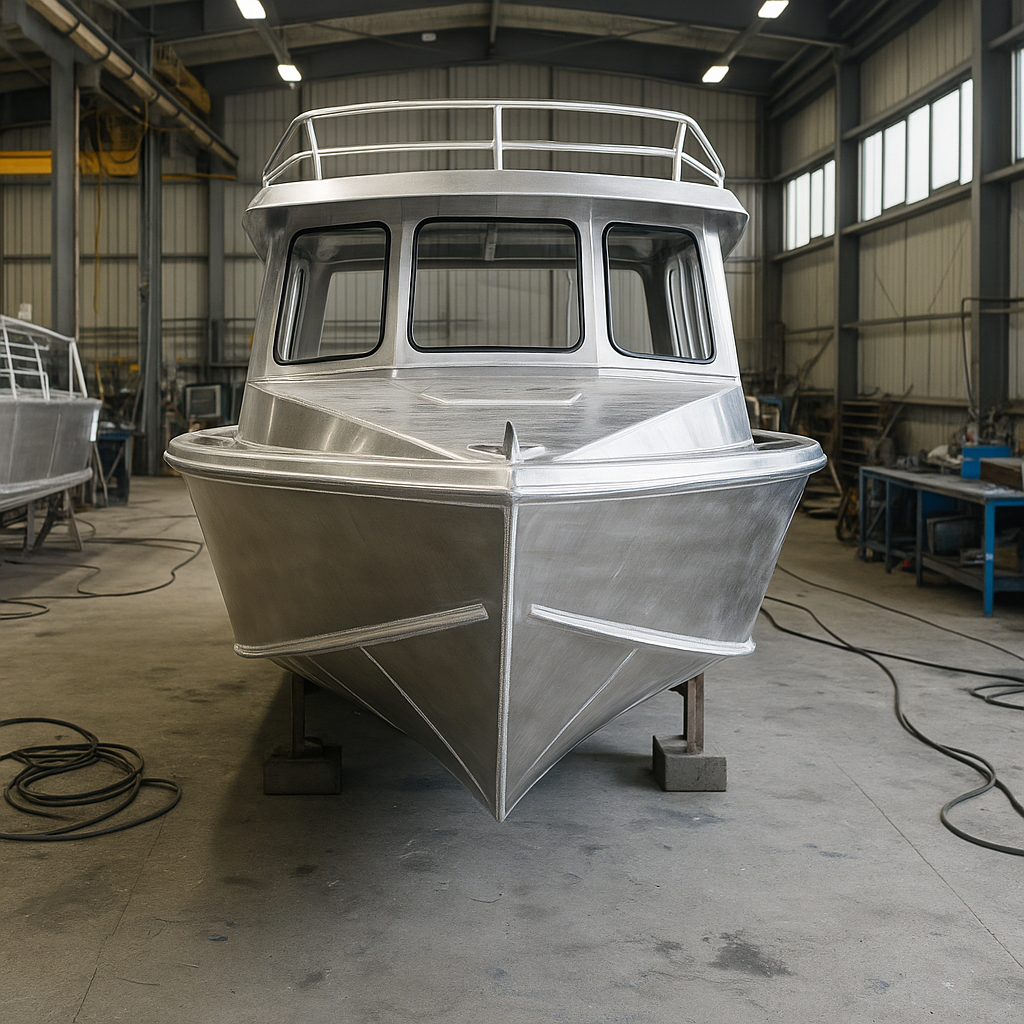
Strong 8k brings an ultra-HD IPTV experience to your living room and your pocket.
Let’s be honest—aluminium boats aren’t exactly new. They’ve been around for decades. If you’ve spent any time on the water, you’ve probably seen them—or been on one. They're light, strong, tough as hell, and they don’t rust like steel.
But here’s the thing: they’re changing. Quietly, steadily, and in ways most people don’t even realize. The way we build aluminium boats now? It’s on a whole new level.
This isn’t just about tweaking a few designs or slapping on new paint. We’re talking next-gen materials, high-tech welding, smarter layouts, and a serious move toward sustainability. Whether you're into recreational boating or you're part of a boat building company, this evolution isn’t optional—it’s where the industry is headed.
Why Aluminium Still Runs the Show
Some materials come and go. Aluminium stuck around. Why? Because it just works.
- It’s light. That means better speed and fuel efficiency.
- It’s strong. It can take a beating.
- It’s corrosion-resistant. Saltwater? Not a problem—especially when it’s treated right.
- It’s sustainable. Around 75% of all aluminium ever made is still being used. That’s insane.
And the best part? Recycling aluminium takes about 95% less energy than making it from scratch. Compare that to fiberglass, and it’s not even close.
What’s New? A Lot.
Let’s talk about what’s actually changed. Not marketing fluff. Real, tangible improvements that make a difference in the water—and in your wallet.
1. Welding, Upgraded
Old-school aluminium welding was tricky. It warped. It cracked. It wasn’t pretty.
Now? Not the case.
Friction Stir Welding mixes the metal together without melting it. It’s cleaner, stronger, and way more consistent.
Pulse MIG Welding gives builders more control over heat. That means less distortion and a way better finish.
Result: aluminium boats that look sleek and hold up under pressure. Fewer seams, fewer problems.
2. Better Metal, Better Boats
Not all aluminium is created equal. Older boats sometimes used softer grades that dented or fatigued over time. These days, builders are all about marine-grade alloys like 5083 and 5086.
They’re tough, corrosion-resistant, and built for harsh conditions. That’s why the boats manufacturers in UAE and other global shipyards are investing heavily in these materials.
The marine aluminium market is growing fast—like, 5.7% a year fast (thanks, Research and Markets). This isn’t a trend. It’s the new normal.
3. Digital Design Is the New Standard
Forget sketchpads and guesswork. Today’s boats start in 3D.
CAD (Computer-Aided Design) lets builders get everything exact—every cut, every angle.
3D modelling helps simulate how the boat will perform under stress, before the first sheet of aluminium is even cut.
The result? Fewer mistakes. Less waste. Better performance. Custom builds are easier. The entire process is smarter from start to finish.
4. Modular Builds = More Boats, Faster
This one’s big. Instead of building a boat piece by piece in one spot, manufacturers now build modules—sections like the hull, cabin, deck—in separate areas, then assemble them.
Benefits?
- Way faster builds (up to 30% quicker).
- Easy repairs (replace a module, not the whole boat).
- Better quality (everything built in clean, controlled environments).
Maritime Executive reported a 25–35% jump in efficiency for manufacturers using modular construction. That’s not small. That’s game-changing.
5. Paint That Doesn’t Kill the Ocean
Old anti-fouling paints did the job—but also leached toxic chemicals into the water. New coatings are way better for the planet.
- Non-toxic anti-fouling options prevent marine growth without polluting the water.
- Anodizing creates a hard, corrosion-resistant surface without paint at all.
The shift is clear: eco-conscious buyers want cleaner boats, and the industry is stepping up fast.
6. Electric Is Coming—and Aluminium’s Ready
Aluminium’s lightweight build makes it perfect for electric propulsion.
Electric outboards are quiet, clean, and ideal for day trips or fishing.
Hybrid systems combine diesel and electric for serious range and flexibility.
With the electric boat market expected to hit $12 billion by 2030, aluminium’s going to be at the center of it. And regions like the UAE, already heavy hitters in marine manufacturing, are getting ahead of the curve.
7. Hulls That Actually Work With the Water
Hull design used to be all trial-and-error. Now, it’s a science.
- Variable deadrise hulls adjust better to different water conditions.
- Stepped hulls reduce drag by pulling air underneath the boat—less friction, more speed.
- Multi-hull setups (like catamarans) offer more stability, especially at higher speeds.
These designs mean smoother rides, better handling, and more efficient fuel use. Basically, you get more boat for your buck.
What’s Still a Work in Progress?
Not everything’s perfect. Even with all the progress, aluminium boats have a few challenges:
- Cost: Top-tier alloys and high-tech welding aren’t cheap.
- Maintenance: Saltwater still needs to be taken seriously. Galvanic corrosion is real.
- Noise: Aluminium boats can be louder than fiberglass—but better insulation is closing that gap fast.
Still, the pros are outweighing the cons more and more every year.
So What’s Next?
Here’s where things are heading:
- Smart boats: Integrated sensors will track engine performance, fuel usage, even structural health in real time.
- More automation: Robotic welding and assembly lines will make production even faster.
- Even greener builds: Expect more recycled aluminium and coatings that are fully biodegradable.
We’re getting closer to a future where boats are built smarter, last longer, and leave almost no environmental footprint.
Final Word
Aluminium boat construction has quietly gone through a revolution. No fanfare. Just steady, meaningful innovation. Smarter welding. Better design. Cleaner tech. Faster builds. Real sustainability.
Whether you’re on the water every weekend or just watching the industry shift from the shoreline, one thing’s clear: aluminium boat building is leading the way forward.
And it’s only just getting started.
Note: IndiBlogHub features both user-submitted and editorial content. We do not verify third-party contributions. Read our Disclaimer and Privacy Policyfor details.



